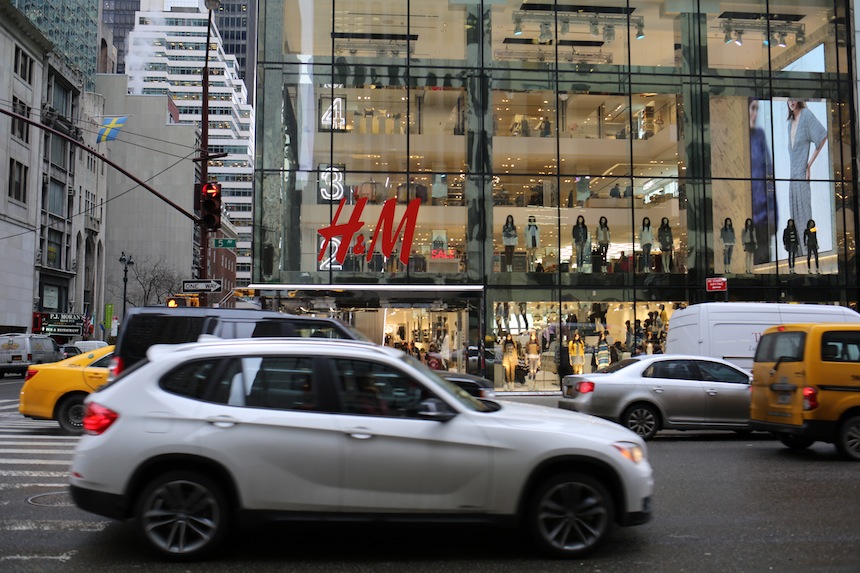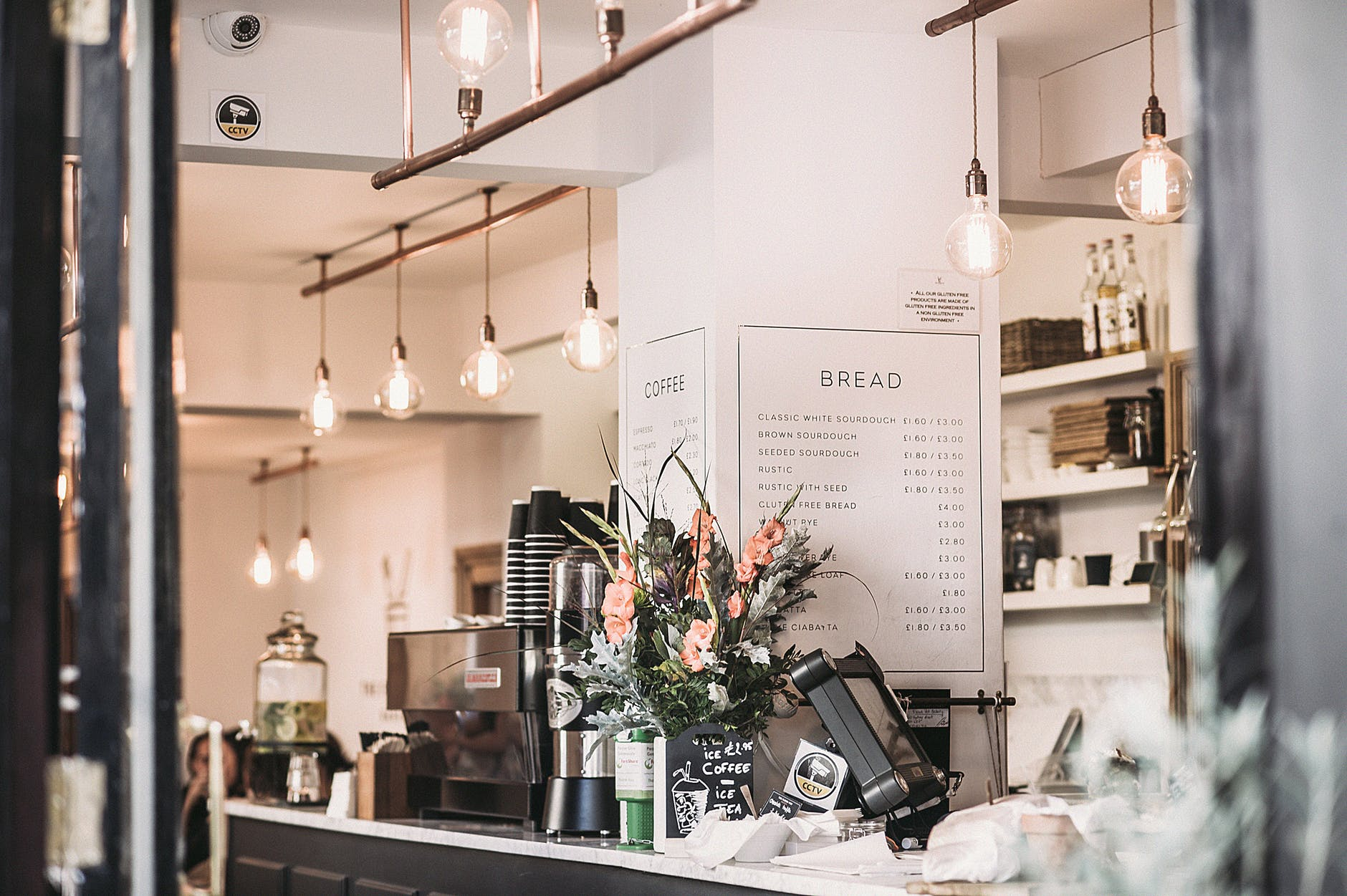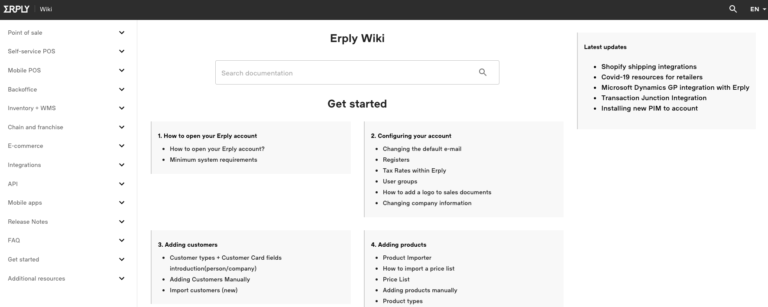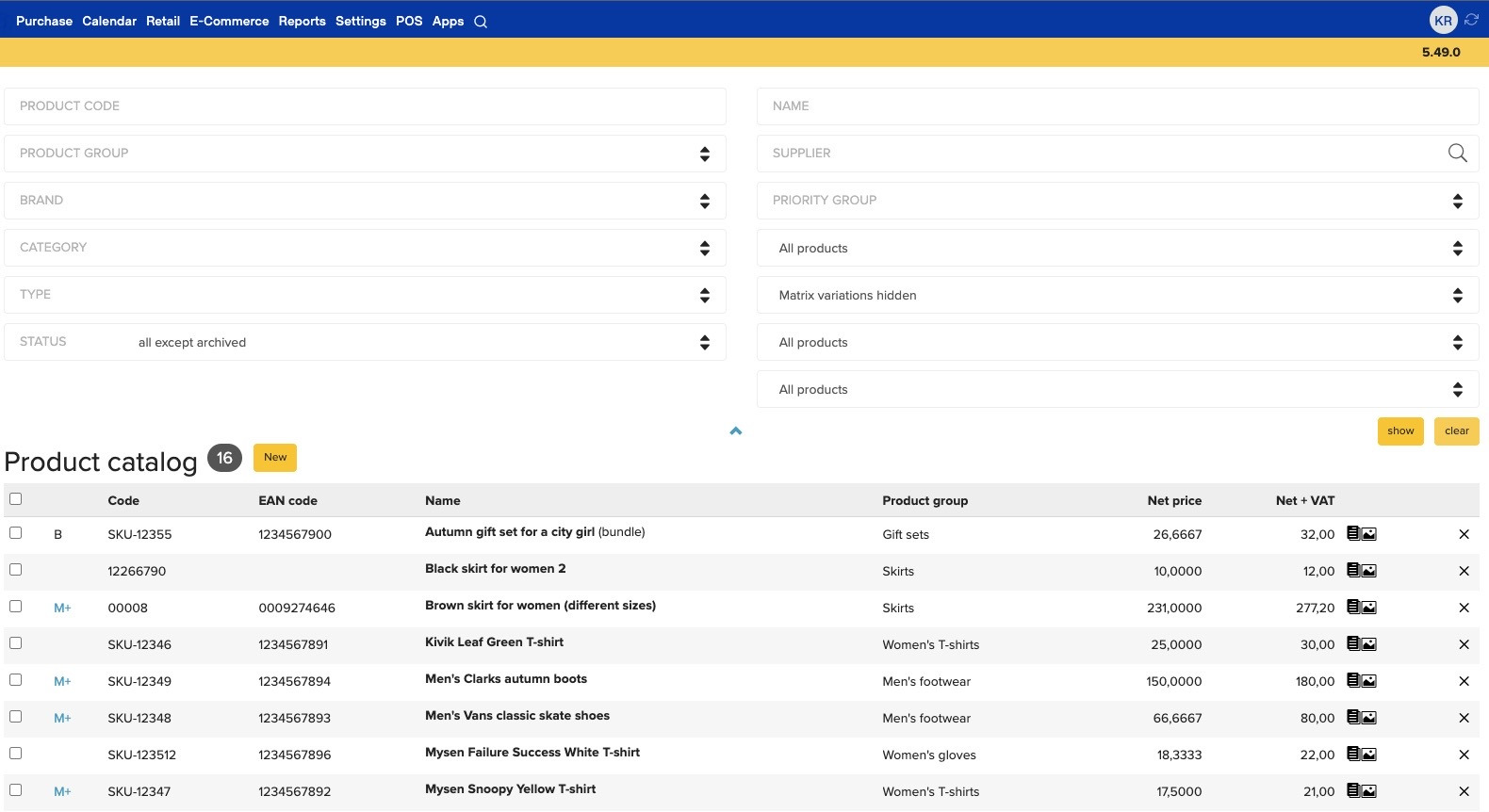In 2015, top U.S. retailers such as Macy’s, JCPenny, Kmart, Walmart, Gap, Sears etc. closed more than 6,000 under-performing stores across the country, with indications that more will still close in 2016. Although there is a combination of several factors behind these massive closures, the fast growth of e-commerce seems to be the major factor.
Because of the shift in customer preferences from offline to online purchases, top retail companies are changing their perspectives about the traditional physical store. The convergence of these two retail models (offline and online) has created an entirely new customer experience, which is digital, simpler, and differentiated.
Differentiation, therefore, involves the idea of creating a set of unique attributes that set a company apart from its competitors. When incorporated as part of a wider competitive strategy, differentiation can help shoot the growth of a retail store to the next level.
Generally, the approach to differentiation could be in form of product, pricing, or the company’s organizational structure.
- Product: Retail stores can use innovative product offerings as a way of staying ahead of the competition. The creation of new products may constitute a huge financial burden because of the research and development requirements, in addition to production and marketing costs. However, the benefits can be huge as customers strive to be among the first to acquire the new products.
- Pricing: Retailers can use eitherlower prices to stimulate sales, or higher prices to indicate superiority. Either way, pricing depends solely on the company’s profit and income, which can change because of supply and demand. Pricing is a good way of measuring customers’ perceived value for a product.
- Organizational structure: A retail store can explore specific elements and strengths in its organizational structure as an advantage towards differentiating itself in its competitive industry. These elements could be customer loyalty, brand recognition, location advantages etc.
Currently, retailers are trying to merge the two retail models of e-commerce and physical stores as an omnichannel strategy for their businesses. In 2016, social media, cloud, mobile, and analytics will combine into a unified retail model in order to enhance customer interaction. Any retail store that understands the current trend will reposition as a technology-driven store, in order to be customer-focused and provide customized customer shopping experience.
Challenges Faced By Retail Stores
Retail stores face three main challenges, which are mobile shoppers, omnichannel retail, and business flexibility. How a retailer chooses to approach these challenges could be the difference between an amazing success and tragic failure.
Mobile shoppers
Most customers will walk into a retail store, but while there, they will also log on to Amazon with their phones to compare the store’s products prices with those on Amazon. If they discover a better deal on Amazon, they simply purchase the product online right there and walk away from the store. This is a huge challenge for retailers. Stores can establish emotional connections with customers by creating incentives and opportunities that are available only in-store, which will make them buy and come back for more. If a customer uses a store mainly for show-rooming – price comparisons, the store will find it hard getting a profitable engagement from that customer.
Omni-channel retail implementation
Previously, retailers operated the multi-channel retail model where sales come in through different sales channels such as physical stores, e-commerce, mobile, catalog etc., and these channels are independent of each other. As digital technology continues to influence each step of the customer-buying journey, multi-channel has evolved to omnichannel retailing. Omni-channel retailing enables a customer to use more than one sales channel in a single shopping transaction. For example, a customer can purchase online and pick up from the store, buy from the store and initiate an online return, etc. Barriers to full implementation of omnichannel retail include stringent return policies, lack of consistent experience, limited employee knowledge etc.
Business flexibility
The internet has increased the competition environment, making it more difficult for retail stores to sustain or enhance their market share. For a business to adapt to such an evolving and dynamic marketplace, it must have a significant level of flexibility in its business processes. For example, the sure way to fulfill a customer’s omnichannel services need is for a retailer to remain flexible enough to interact with the customers, in order to provide a consistent shopping experience. A greater part of this flexibility will depend on the selection of appropriate and scalable multichannel retail software that would conform to the dynamic business processes and environment.
Retail Store Differentiation Strategies
A unique customer experience is the best way to produce sustainable business growth, especially in highly competitive industries. If a retail store can produce a differentiated customer experience through the integration of e-commerce to its brick and mortar retail model, and transform indifference or lack of satisfaction into joy and delight, it would have a ready and loyal customer base across all of its delivery channels, improve its market share, and become more profitable. The following are examples of strategies that can help a retail store achieve perfect differentiation in 2016.
Store layout
According to Nielsen, the American information and measurement company, the number of retail stores that opened in the U.S. since 2007 is above 18,000. This large number of stores is one of the factors that led to the mass closure in 2015. Retail brands must break away from the tradition of a uniform store design, and start to differentiate and create unique stores that meet the local community’s needs and taste. These efforts should reflect in the store size, layout, decoration, and the types of stocked products. This approach is cost effective and creates a unique retail store model with enough flexibility for future scaling.
Hub and spoke
Statistics show that when retail stores utilize the opportunity of acting as fulfillment and pick-up centers, their supply chain costs are significantly lower than that of their online counterparts. With an integration of digital technology into retail stores, correct and real-time assessment and monitoring of local inventory become possible. Even if a particular product is not available in a local store of the retail brand, customers can still place an order online and the store gets the product from any of its other stores for the customer to pick up from his/her local store. This strategy ensures that a customer can shop from the company’s nationwide inventory and collect the item from a local store. Factors for consideration to make this work perfectly include the determination of shipping costs and the provision of multiple shipping options according to customers’ preferences.
Robust return policy
Product returns are one area that can hurt a retail store’s customer loyalty. Customers want to be able to return products no matter the channel they used for the purchase. Retail stores must, therefore, ensure that their return policies cover both in-store and online orders. Technology has made information easily accessible, and customers are aware of the multiple easy and flexible return shipping options from several other retailers. Therefore, adequate training is necessary for store employees, to enable them to understand how to handle online returns and offer shipping options that meet both the customers’ needs and the company’s expectation.
Real-time pricing and inventory visibility
Any retail store that does not have a transparent and on-demand pricing and inventory system will lose out in the retail competitive industry. Customers are busy and often want to know product prices and availability online before making a trip to the store. This helps them compare prices with other retailers for proper buying choices. Retail stores must ensure that information about product availability and prices are readily available on their e-channels.
Brand recognition
Differentiation aims at improving and strengthening a retailer’s overall brand image, rather than diminish it. Branding goes beyond the customer’s visual perception of the retail store, it also includes the emotional feeling and connection a customer gets while engaging with the retailer. In as much as certain key elements such as brand voice and professionalism should remain consistent across different delivery channels, stores must explore and utilize the different opportunities of the different channels to create unique, and sometimes surprise delightful shopping experiences that will make customers come back for more. All these combine to give the retail brand an overall easy recognition.
Personal touch
The current retail trend is customer-centric personalization. This is an important and targeted differentiator for retailers. As retailers explore the gains of internal data, social media information, and known customer preferences, they will achieve a better understanding of their customers. This will enable them to create shopping experiences that fulfill the personal and unique needs of each customer. The utilization of predictive analytics will assist stores to know with a high level of certainty, the future product needs of customers, and when they will have those needs
Sign Up











